Things to see and do in Berlin
We explore what Berlin has to offer business travellers in the first of our City Guide series...
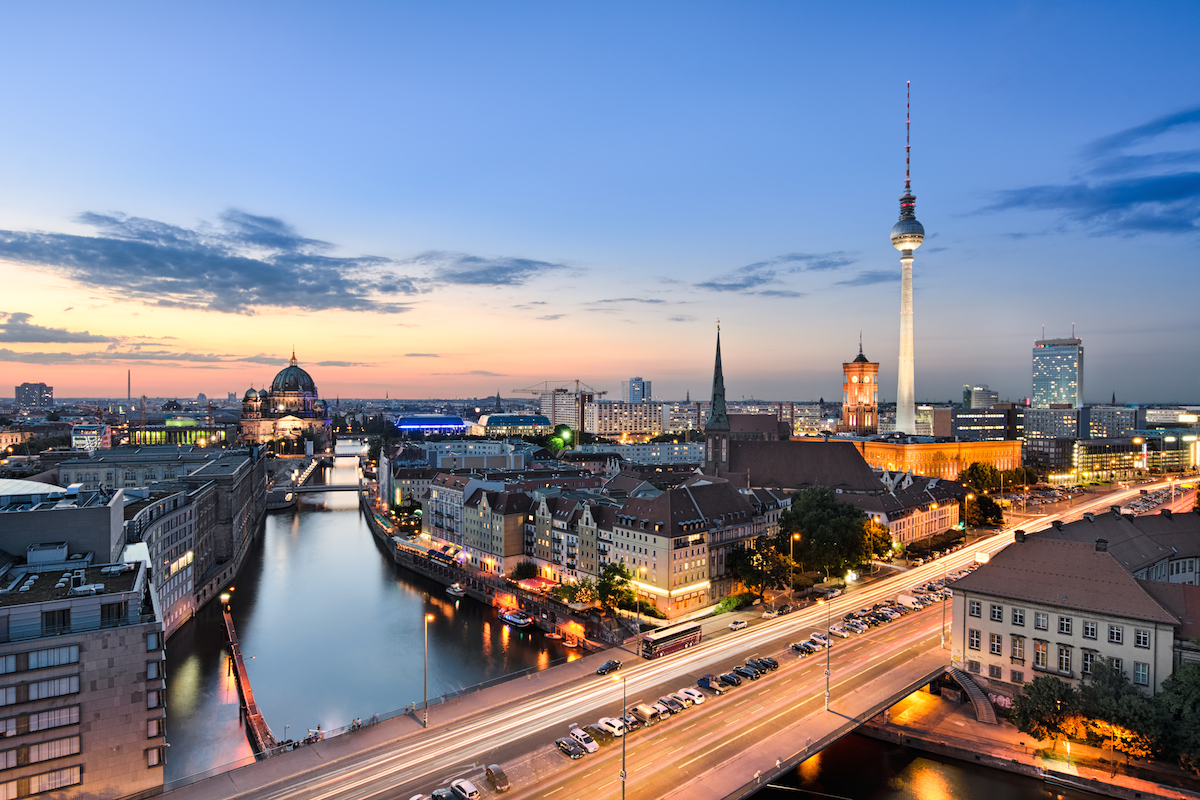

Why Berlin?
Berlin is one of the top European destinations for business because it has seen extensive regeneration since reunification in the 1980s. It's also a lot cheaper than many of the other European capitals, such as London and Madrid and its central location makes it simple to get to.
In fact, the city even hosts the Global Business Travel Association conference every year, so it's no surprise it's so easy to get around and communicate with like-minded business people in the area.
With a population of 3.3 million, Berlin has an employment rate of 89 per cent, mostly comprising qualified graduates, with an additional 51,000 trainees.
The major industries are science, technology and research with a third of the world's 50 largest companies all having an office in the city.
There's a booming start-up scene in Berlin too, with the Guardian touting the centre as the European Silicon Valley equivalent.
How to get there
Berlin can be reached from most cities around Europe and beyond. There are two airports in Berlin - Schnefeld Airport and Tegel, although the latter will be closed in the coming years, replaced by Berlin Brandenburg Airport Willy Brandt.
Stansted is the cheapest option if you're travelling from London, with prices on Ryanair starting from 50 return. Budget airline Norwegian also travels to Berlin from Gatwick for around 70, while Heathrow offers flights with BA for around 70 in the low season, with plenty of notice.
Get the ITPro daily newsletter
Sign up today and you will receive a free copy of our Future Focus 2025 report - the leading guidance on AI, cybersecurity and other IT challenges as per 700+ senior executives
Direct flights from New York are available from 550 on airlines including Lufthansa, Air Berlin, United and American Airlines. Indirect flights stopping over in the UK and other areas in Europe are also available from around 250. Head over to the west coast and your only option is to get an indirect flight from 400.
Getting around
Berlin is one city where you're spoilt for choice when it comes to public transport. Because the city is relatively small, a highly efficient underground train system (U-Bahn) runs below the surface, to all corners of the main metropolitan area. It has 143 stations across three zones, so you will easily find one that takes you very close to your destination. A one day ticket will cost 6.90 (5.40) for all three zones or 4.70 (3.67) for zones A and B only.
Taxis are an option, although they are a lot more expensive than using public transport. When you get into a taxi, there will already be 3.40 (2.66) charge. The rates are 1.79 (1.40) for every kilometer up to 7km (4.34 miles) and 1.28 (1) for each kilometre above that. If you want to travel 2km or less, you can wave down a taxi on the street and you will only pay 4.00 (3.13) for the whole journey.
Should I tip?
Berlin follows much of Europe with its tipping expectations. Amounts are between 5 and 10 per cent, although it's much more customary to round up a bill to whole Euros rather than leaving odd coins out for a tip.
For example, if your bill comes to 9.60, round up to 11 rather than giving 10.
If paying by credit card, it's best to tell the waiting staff you wish to add the tip onto your bill before paying, because it's not customary to pay by card and then leave out a cash tip.
You have two hours. Go!
The best way to see Berlin, like most cities, is on foot or jump on the hop on, hop off bus that takes you around all the sites of the city in around two hours.
One of the walks that takes in all the touristy sites starts at Alexanderplatz where you'll find the giant TV tower and takes you along to the Brandenburg Gate, the Reichstag with its amazing glass domed roof, down to Potsdamer Platz, Checkpoint Charlie and through the beautiful Tiergarden to Berlin Zoo.
You can decide to end your walk either at Berlin Zoo if you have time to spare, or if you're looking to spend some money, or grab a bite to eat, keep walking until you get to Kurfrstendamm, which is a wonderful shopping street with one of the biggest department stores in Germany and Europe (Kaufhaus des Westens, or KaDeWe).
Along the way, you'll see some fine examples of Berlin architecture - both old and new.
Berlin's history is one of the most immersive in Europe and although there's no denying that a lot of it is sad, Berliners have taken it upon themselves to make everyone feel welcome and are very proud of their city.
This whole experience is made much more enthralling if you find yourself in the city in the run-up to Christmas because the numerous Christmas markets have to be attended, complete with a mug of steaming Gluwhein spiked with rum. One word of warning though: you won't be heading to any meetings after drinking this potent stuff, so ensure it's an evening event rather than a lunch appointment!
City customs
Although much of Germany's culture fits alongside the Western World, there are a few pointers you should be aware of when meeting with German business contacts.
Punctuality is key in Germany, so ensure you let anyone you are meeting know you are running late as soon as you know you will be so.
Most business people opt for smart attire, especially if they are management, so dress appropriately and always ensure your German host is the first to remove their jacket as an act of respect.
In a restaurant, water is not free and if you ask for still water, it will usually be bottled. People don't commonly ask for tap water in Berlin, so don't be surprised if you get an odd look from your waiter or waitress if you ask for it.
It is seen as a sign of hospitality and good manners to invite guests to a meal and those that invite usually pay for the meal.
Useful lingo
Although most people speak English in Germany, especially those you will likely come into contact with at business meetings, it is polite and expected that you try and communicate in German where you can. You will be able to find your way around much easier if you learn these key phrases before you head to Berlin.
Yes - ja (yah)
No - Nein (nine)
Please - Bitte (bih-tuh)
Thank you - Danke (dahn-kah)
Do you speak English? - Sprechen Sie Englisch? (zprek-can zee een-glish)
I don't understand - Ich verstehe nicht (eek fair-shtay-yuh neecht)
Excuse me - Gestatten Sie (ge-shta-ten zee)
Where's the train station? - Wo ist der bahnhof? (voh eest dair bahn-howf)?
How much? - Wie viel kostet es? (vee-feel koh-steht es)
Could I get the bill please? Die Rechnung, bitte (dee rek-noong bit-tuh)
I have a meeting with [Mr/Mrs last name]. Ich habe ein Treffen mit [Herr/Frau last name] (icsh-harb eyn-traffn mit err/fraw)

Clare is the founder of Blue Cactus Digital, a digital marketing company that helps ethical and sustainability-focused businesses grow their customer base.
Prior to becoming a marketer, Clare was a journalist, working at a range of mobile device-focused outlets including Know Your Mobile before moving into freelance life.
As a freelance writer, she drew on her expertise in mobility to write features and guides for ITPro, as well as regularly writing news stories on a wide range of topics.
-
 Should AI PCs be part of your next hardware refresh?
Should AI PCs be part of your next hardware refresh?AI PCs are fast becoming a business staple and a surefire way to future-proof your business
By Bobby Hellard Published
-
 Westcon-Comstor and Vectra AI launch brace of new channel initiatives
Westcon-Comstor and Vectra AI launch brace of new channel initiativesNews Westcon-Comstor and Vectra AI have announced the launch of two new channel growth initiatives focused on the managed security service provider (MSSP) space and AWS Marketplace.
By Daniel Todd Published
-
 ZINFI updates PRM platform to meet hybrid workforces’ needs
ZINFI updates PRM platform to meet hybrid workforces’ needsNews New features connect widely dispersed, multilingual business teams
By Praharsha Anand Published
-
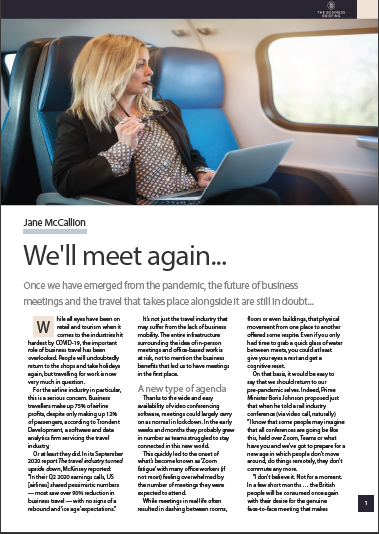 We'll meet again: The future of business meetings and travel are still in doubt
We'll meet again: The future of business meetings and travel are still in doubtWhitepapers Sample our exclusive Business Briefing content
By ITPro Published
-
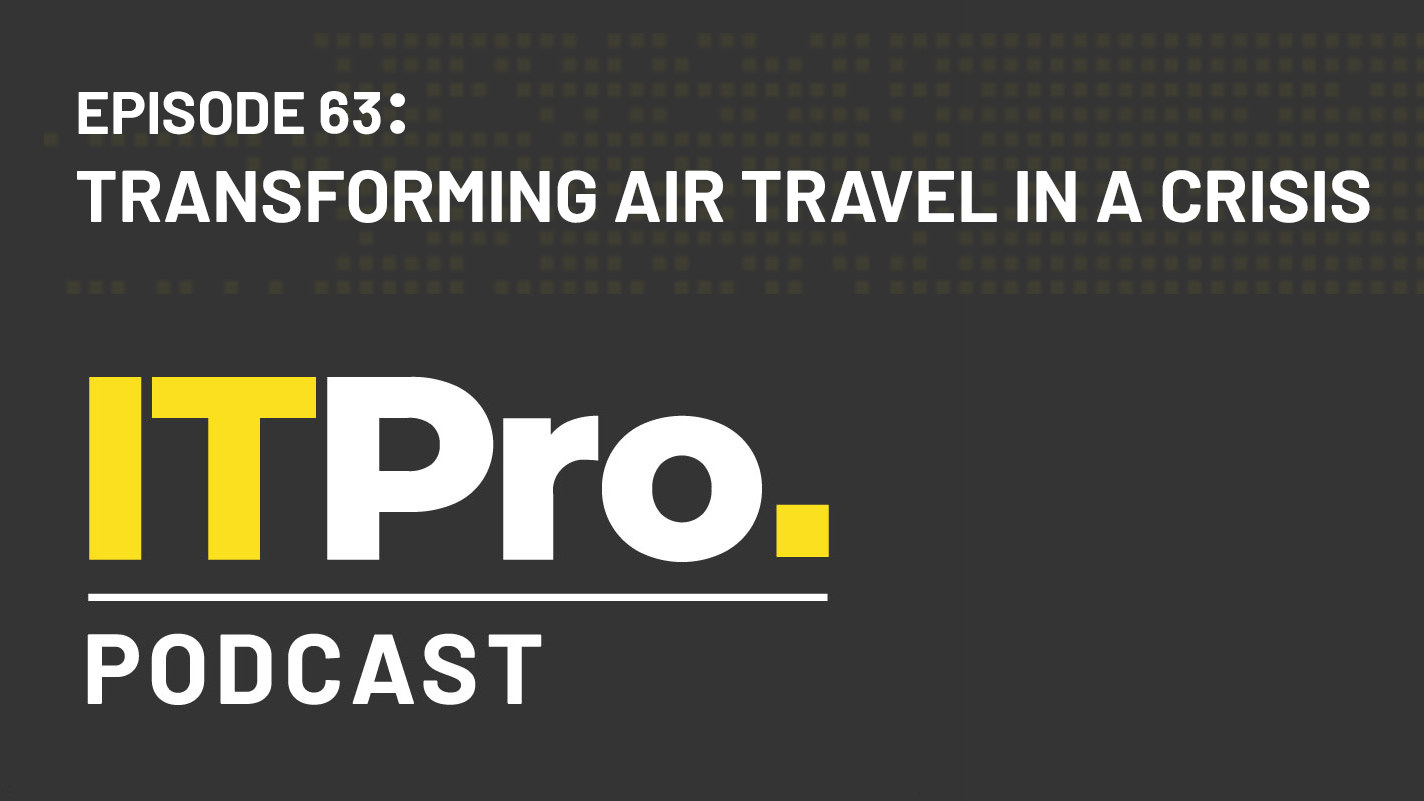 The IT Pro Podcast: Transforming air travel in a crisis
The IT Pro Podcast: Transforming air travel in a crisisIT Pro Podcast How the airline industry is using the pandemic to transform its IT
By IT Pro Published
-
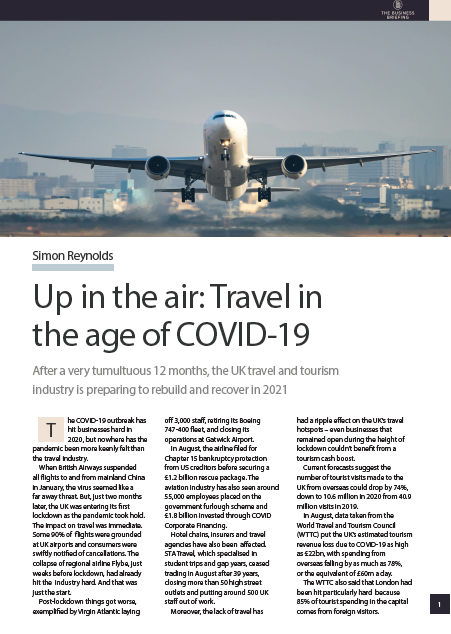 Up in the air: Travel in the age of COVID-19
Up in the air: Travel in the age of COVID-19Whitepapers Sample our exclusive Business Briefing content
By ITPro Published
-
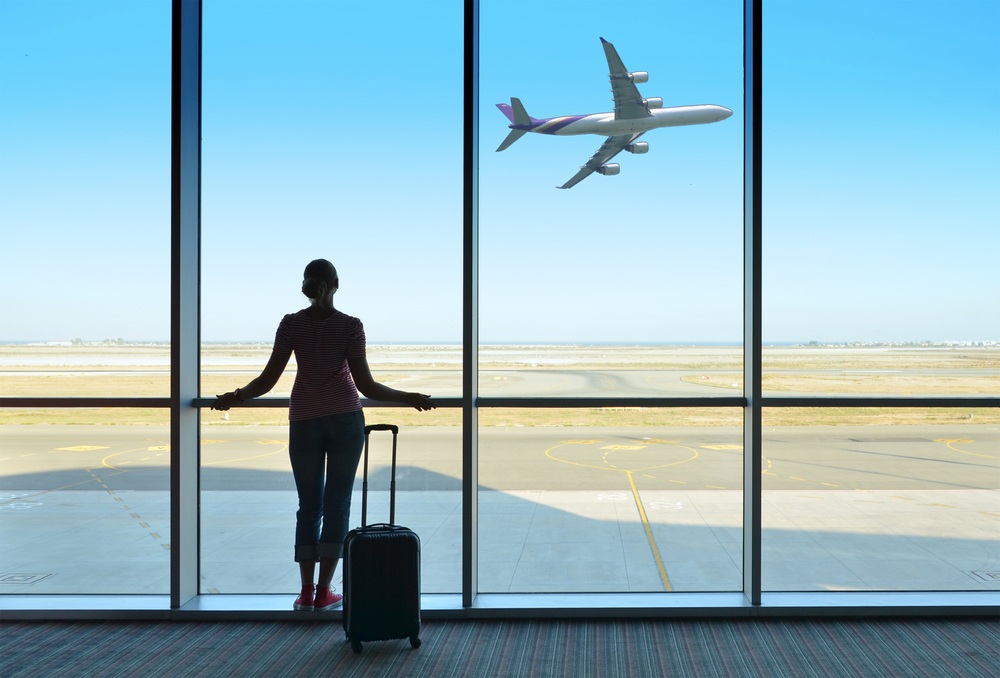 How to manage your work/life balance when away on business
How to manage your work/life balance when away on businessIn-depth Nothing messes with 'you time' more than business travel, but here are a few things you can do to maintain your work/life balance
By Bobby Hellard Published
-
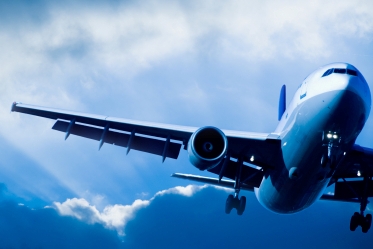 Airport check-in delays caused by 'network issue'
Airport check-in delays caused by 'network issue'News Spanish software giant Amadeus's outage plagues airlines around the world
By Joe Curtis Published
-
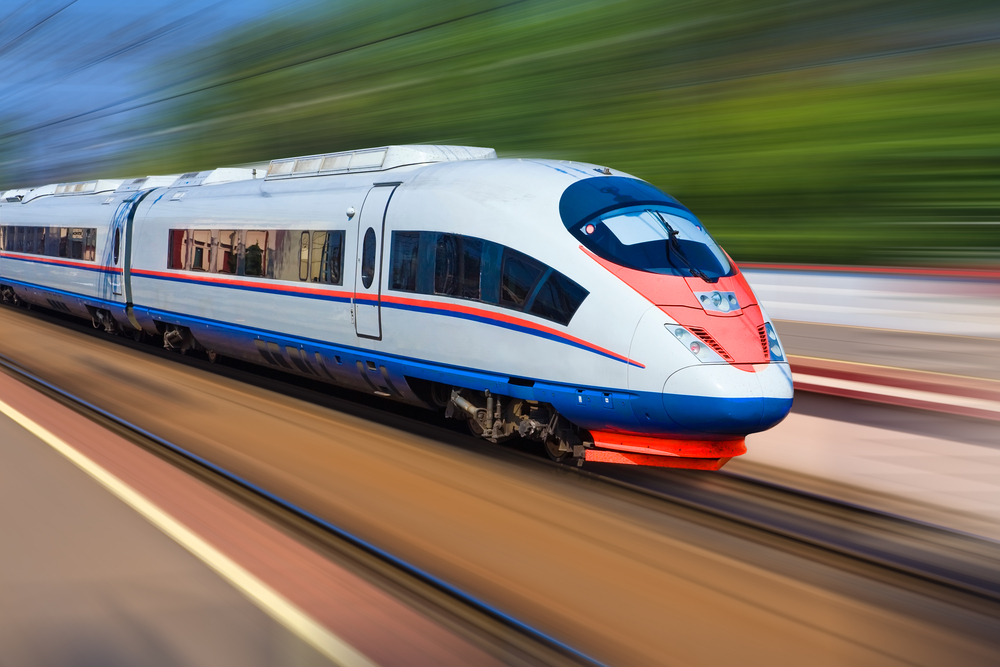 Cisco wants to put superfast Wi-Fi on trains
Cisco wants to put superfast Wi-Fi on trainsNews ScotRail will trial 300Mbps on-board internet until March 2018
By Clare Hopping Published
-
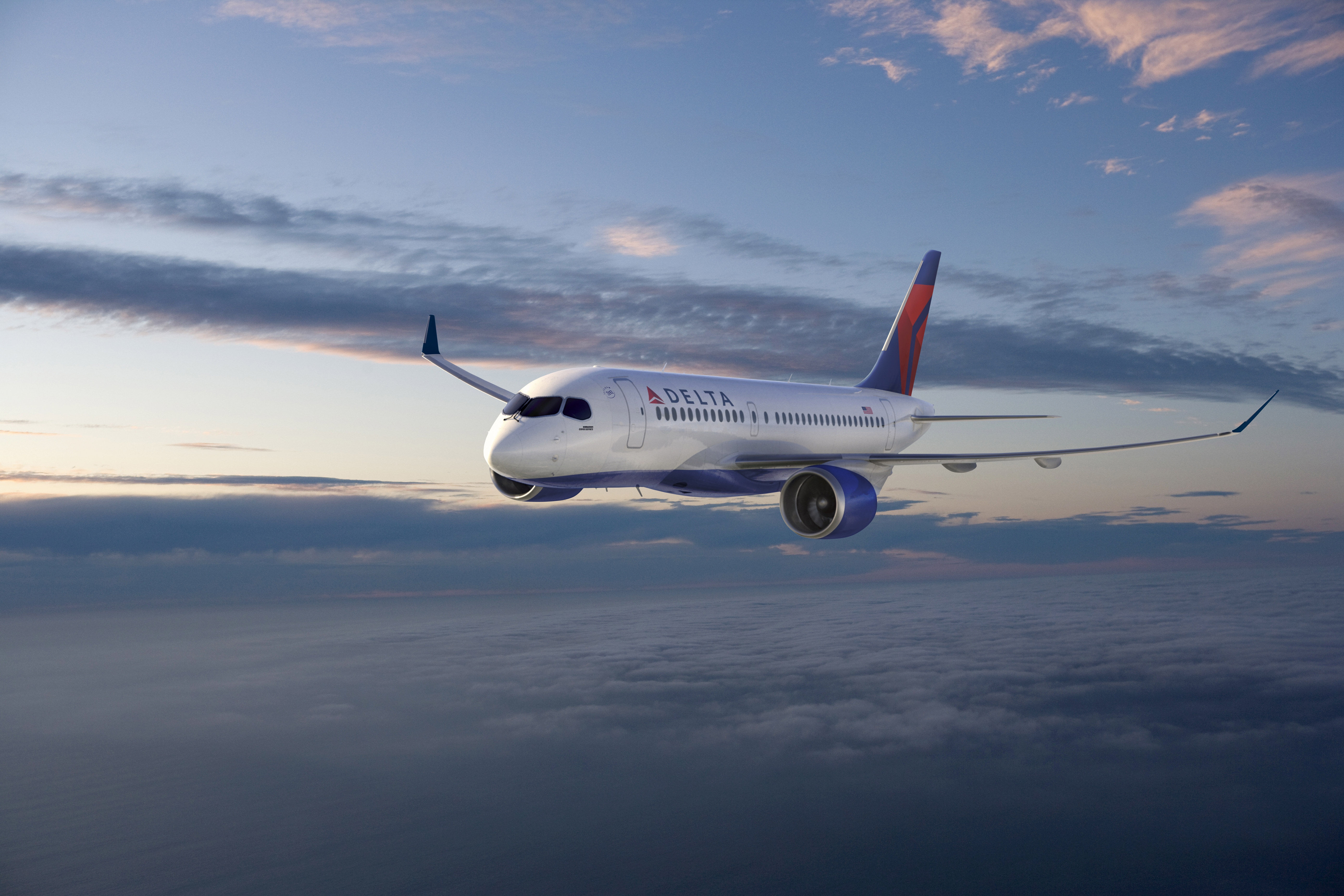 Delta CEO apologises to customers following systems meltdown
Delta CEO apologises to customers following systems meltdownNews A power outage was to blame for flight cancellations
By Joe Curtis Published